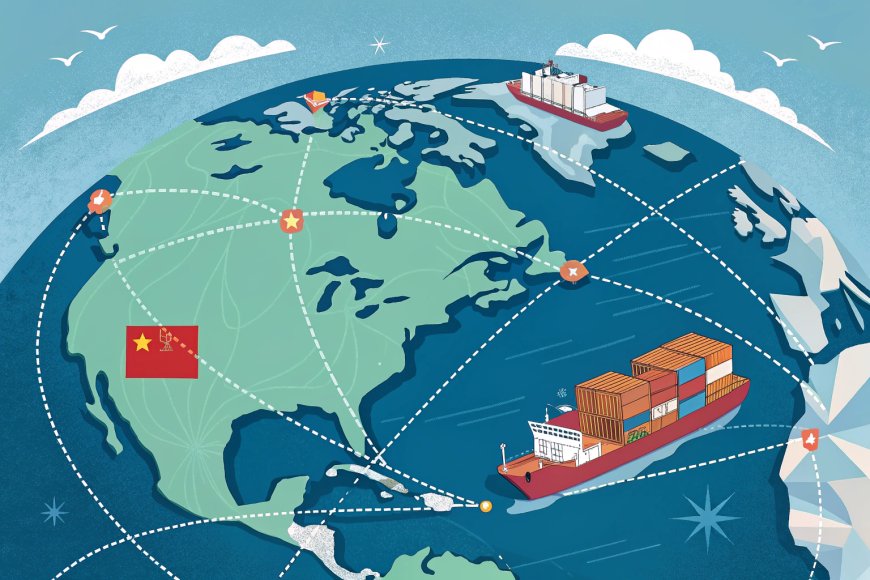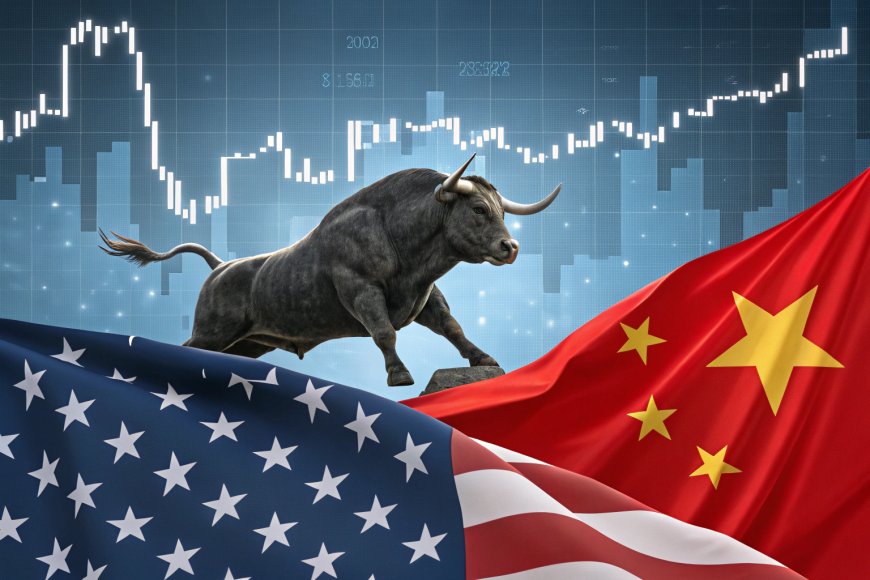U.S.-China Tariff Cuts Ignite Global Markets: Dollar Soars, Futures Rally, and What’s Next
Discover how the U.S.-China tariff reduction sparked a global stock rally, boosted the dollar, and shifted market dynamics. Explore expert insights, economic impacts, and what this means for your wallet.
A Trade Truce Sparks Market Euphoria
The global financial landscape erupted in celebration this week as the U.S. and China announced mutual tariff reductions, ending a years-long trade stalemate. Dow futures catapulted 3%, European and Asian stocks followed suit, and the dollar surged to a 12-month high. But behind the euphoria lies a critical question: Will this truce translate to lasting economic stability, or is it merely a temporary sugar rush?

Worldwide stock rally post-tariff cuts. Markets in New York, London, Tokyo celebrate trade progress.
Why Tariff Cuts Matter: A Quick Primer
Tariffs—taxes on imported goods—have long been a double-edged sword. While designed to protect domestic industries, they often lead to higher consumer prices and retaliatory measures. The recent U.S.-China agreement slashes tariffs on $370 billion worth of goods, from electronics to agricultural products. Economists predict this could reduce inflation by 0.5% in the U.S. and revive stalled supply chains.
U.S. dollar dominance post-tariff truce. Forex markets react to trade deal implications.
The U.S.-China tariff truce has injected adrenaline into global markets, but sustainability hinges on resolving deeper trade imbalances. While consumers and tech sectors rejoice, domestic industries face new challenges. The dollar’s surge and bond sell-off signal cautious optimism—not unshakable confidence.
Market Reactions: From Futures to Forex
- Dow Futures Jump 3%: Investors cheered the news, with Dow Jones Industrial Average futures leaping 900 points overnight.
- Dollar Index Hits 105: The greenback strengthened as traders bet on reduced inflation risks and a steadier Fed rate path.
- Treasuries Tumble: Bond yields spiked as money flowed into riskier assets like equities and commodities.

Restored supply chains after tariff reductions. Goods flow freely between U.S. and China.
The Winners and Losers of the Tariff Truce
Winners:
- Consumers: Cheaper imported goods, from iPhones to soybeans.
- Tech Giants: Lower component costs for electronics manufacturing.
- Farmers: China resumes purchasing U.S. corn and pork.

Restored supply chains after tariff reductions. Goods flow freely between U.S. and China.
Losers:
- Domestic Manufacturers: Reduced tariff protection may expose them to foreign competition.
- Inflation Hawks: Easing price pressures could delay Fed rate cuts.
Expert Take: “A Band-Aid on a Bullet Wound?”
Critics like economist Linda Yueh argue that tariff cuts alone won’t resolve structural issues like intellectual property disputes or China’s state subsidies. “This is a tactical retreat, not a strategic win,” she warns. Meanwhile, Goldman Sachs analysts predict a 10% upside for the S&P 500 if the truce holds through 2024.

Tariff cuts lower consumer prices. Inflation relief for everyday goods post-trade deal.
Global Ripple Effects: Europe, Asia, and Beyond
European stocks rallied 2.5%, led by German automakers reliant on Chinese demand. Japan’s Nikkei climbed 4%, while emerging markets like Vietnam breathed a sigh of relief as supply chain pressures eased. However, the euro dipped to $1.07 amid dollar strength, sparking concerns for EU exporters.

Federal Reserve monitors tariff impact. Markets await rate decisions amid trade optimism
The U.S.-China tariff reduction is a pivotal moment for global markets, offering short-term relief but demanding long-term strategic fixes. Investors celebrate today’s gains, yet uncertainty lingers over inflation, jobs, and geopolitical tensions. As the dust settles, adaptability will separate the winners from the losers in this new trade era.
What's Your Reaction?





















































